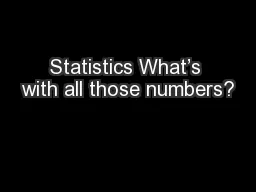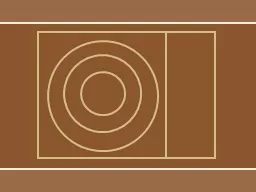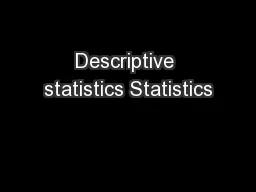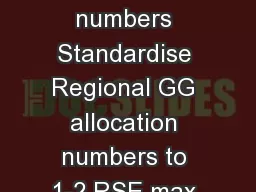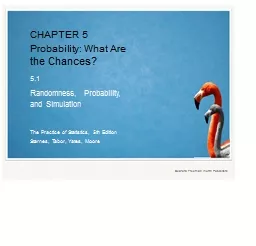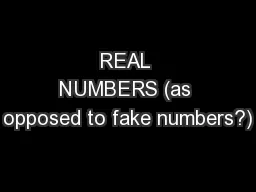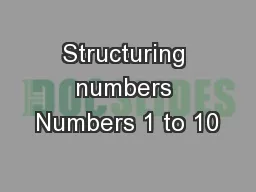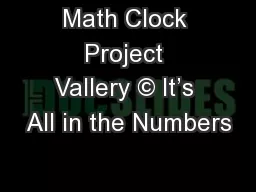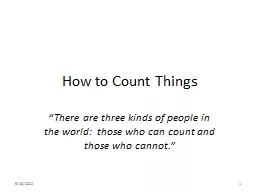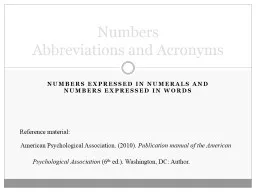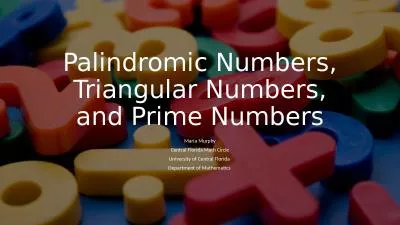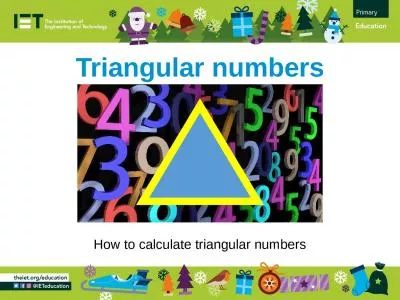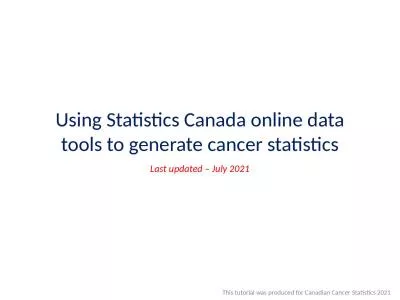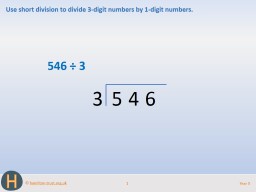PPT-Statistics What’s with all those numbers?
Author : alexa-scheidler | Published Date : 2018-03-20
What are Statistics State the goal of your study precisely Choose a representative sample from the population Collect raw data from the sample and summarize Use
Presentation Embed Code
Download Presentation
Download Presentation The PPT/PDF document "Statistics What’s with all those numbe..." is the property of its rightful owner. Permission is granted to download and print the materials on this website for personal, non-commercial use only, and to display it on your personal computer provided you do not modify the materials and that you retain all copyright notices contained in the materials. By downloading content from our website, you accept the terms of this agreement.
Statistics What’s with all those numbers?: Transcript
Download Rules Of Document
"Statistics What’s with all those numbers?"The content belongs to its owner. You may download and print it for personal use, without modification, and keep all copyright notices. By downloading, you agree to these terms.
Related Documents

